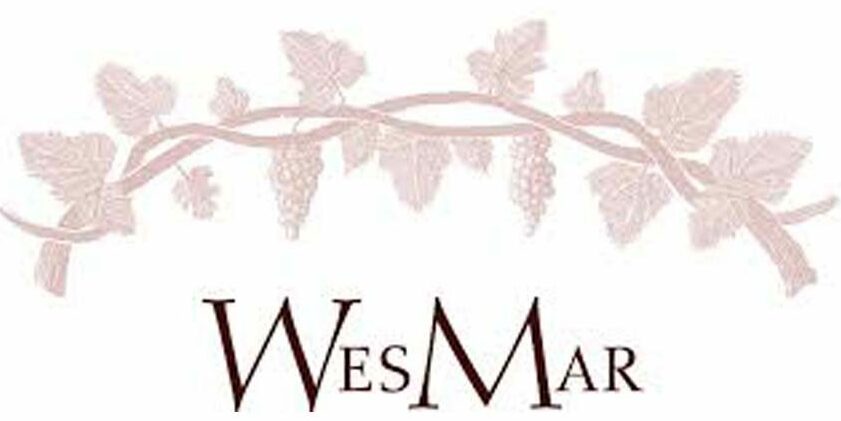Winemaking is a timeless blend of tradition and innovation, where grapes transform into the elixir that graces our tables. Behind every bottle of wine lies a fascinating journey that intertwines nature, craftsmanship, and science. In this blog post, we’ll uncork the world of winemaking. Therefore, exploring the intricate process from vineyards to cellars, and appreciating the harmonious marriage of flavors that delight our palates.
From Vine to Harvest
- Grape Varieties: Winemaking begins with selecting the right grape varieties based on the desired characteristics of the final wine.
- Vineyard Management: Careful cultivation of vines includes pruning, training, and monitoring for diseases.
- Harvest Timing: Grapes are handpicked or mechanically harvested based on their optimal ripeness, sugar levels, and acidity.
The Winemaking Process
- Crushing and Pressing: Grapes are gently crushed to release their juice, followed by pressing to separate juice from skins.
- Fermentation: Yeast is introduced to convert grape sugars into alcohol and carbon dioxide. This process determines the wine’s flavor profile.
- Aging: Wine is aged in barrels, tanks, or other vessels, allowing flavors to develop and mature over time.
- Blending: Winemakers mix different batches of wine to achieve desired characteristics and consistency.
- Bottling: After aging, wine is filtered, and additives like sulfites are added for preservation before being bottled.
Red, White, and Beyond
- Red Wine: Made from dark-colored grape varieties, red wine gets its color and tannins from grape skins.
- White Wine: Moreover, made from green or yellowish grapes, white wine is fermented without the grape skins.
- Rosé Wine: Often made by briefly fermenting red grape juice with its skins, resulting in a pink hue.
- Sparkling Wine: Carbon dioxide is trapped in the bottle during fermentation, creating bubbles in varieties like Champagne.
The Influence of Terroir
Terroir encompasses the environmental factors that impact a wine’s character. Also, including soil, climate, topography, and local traditions. It contributes to the unique flavors and aromas found in wines from different regions.
Modern Innovations in Winemaking:
- Technology: Tools like temperature-controlled fermentation and automated bottling lines enhance consistency.
- Sustainability: Winemakers embrace eco-friendly practices like organic and biodynamic farming.
- Alternative Vessels: Some winemakers experiment with concrete eggs and amphorae for aging.
The Culmination: Tasting and Pairing:
- Tasting Notes: Wine tasting involves observing its color, swirling to release aromas, sipping to assess flavors, and evaluating the finish.
- Food Pairing: Also pairing wine with food enhances the dining experience by complementing and contrasting flavors.
Conclusion
Therefore, winemaking is a captivating blend of art and science, an ancient craft intertwined with modern innovation. Also, from the moment grapes are plucked from the vine to the clinking of glasses, each step of the journey contributes to the symphony of flavors that wine enthusiasts savor. Whether you’re exploring the nuances of terroir or simply enjoying a glass with friends, every sip tells a story of tradition, passion, and the timeless joy of winemaking.
